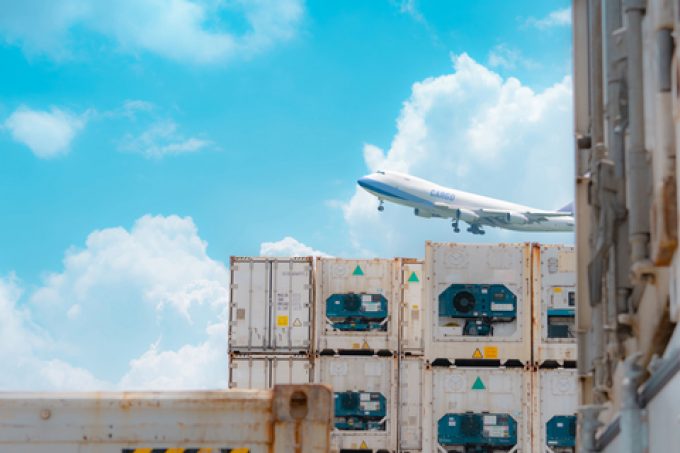Ocean carriers the 'outright financial winners' in a year of unpredictability
A year of unpredictability has led to substantial increases in both ocean and air freight ...

Cargo owners increasingly switched from sea to air in 2021, with port congestion and a narrowing price gap helping the airfreight market grow twice as fast as sea cargo.
Furthermore, according to a new whitepaper by Ti Research, the global freight forwarding market bounced back to enjoy the strongest market growth since 2011, recording 11.2% growth in real terms, to $284.9bn.
It was a strong performance following one of the most challenging years to date, amid the Covid-19 pandemic, Ti noted, with ...
Asia-USEC shippers to lose 42% capacity in a surge of blanked sailings
USTR fees will lead to 'complete destabilisation' of container shipping alliances
New USTR port fees threaten shipping and global supply chains, says Cosco
Outlook for container shipping 'more uncertain now than at the onset of Covid'
Transpac container service closures mount
DHL Express suspends non-de minimis B2C parcels to US consumers
Zim ordered to pay Samsung $3.7m for 'wrongful' D&D charges
Flexport lawsuit an 'undifferentiated mass of gibberish', claims Freightmate

Comment on this article